Unlock the Fundamentals of Applied Biomechanics and Learn How to Identify and Correct the Body’s Most Common Postural Deviations
Gain access to biomechanical insights that most trainers and therapists are still missing from detailed illustrations to deep clinical analysis

Unlock the Fundamentals of Applied Biomechanics and Learn How to Identify and Correct the Body’s Most Common Postural Deviations
Gain access to biomechanical insights that most trainers and therapists are still missing from detailed illustrations to deep clinical analysis

Limited Launch Deal
Secure Your Copy with 30% Off
🔒 100% Secure 256-Bit Security Encryption
The Technical Knowledge That Separates Average Professionals from True Postural Assessment Specialists
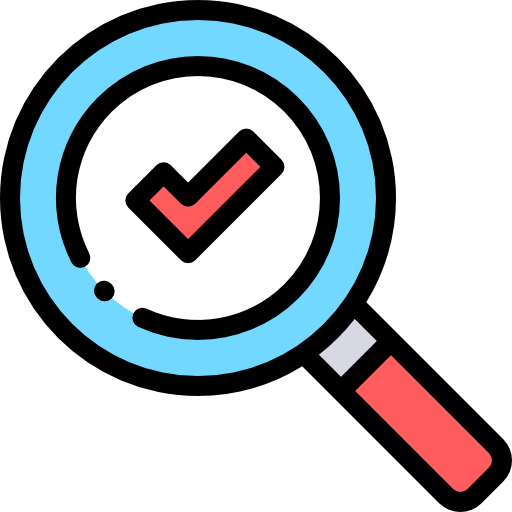
Segmental Postural Reading
Learn how to identify dysfunctional patterns from head to toe by analyzing each body segment through the lens of applied biomechanics.
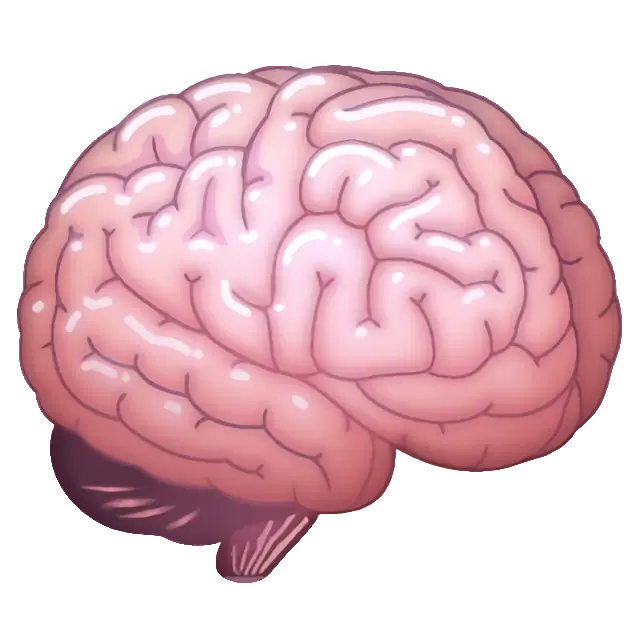
Clinical and Functional Reasoning
Develop the ability to interpret how postural deviations affect movement quality, pain patterns, and performance going beyond surface-level assessments.

Kinetic Chain & The Snowball Effect
Understand how a single misalignment in one area leads to compensations throughout the entire kinetic chain, creating complex dysfunctions over time.
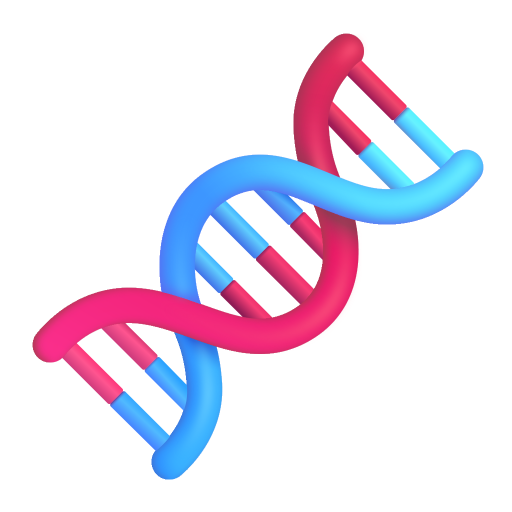
Typical Muscular Patterns
Identify which muscles are commonly shortened or inhibited in each type of deviation, based on the interaction between tonic and phasic systems.
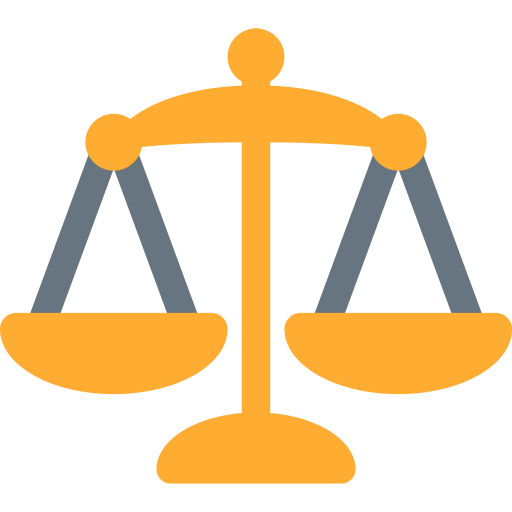
Functional vs. Structural Deviations
Learn how to differentiate between patterns that can be corrected with motor retraining and those that are structural by nature.
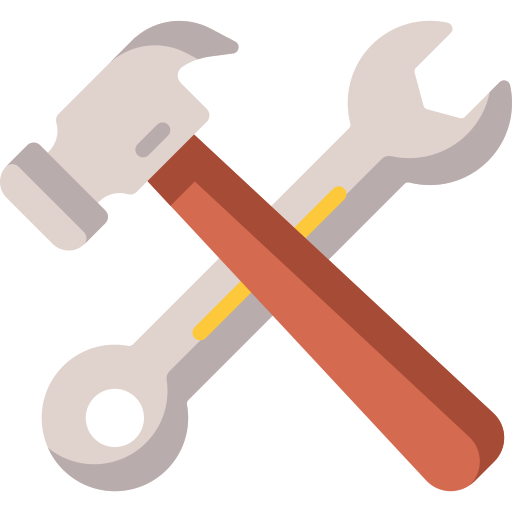
Practical Correction Strategies
Discover how to apply corrective exercises, activations, and targeted stimuli grounded in biomechanics without relying on generic protocols.

Real-World Assessment Frameworks
Adopt a systematic way to conduct postural evaluations, leading to more precise and confident clinical decisions.

Visual and Illustrated Content
Access clear, step-by-step illustrations that help you recognize deviations, muscular imbalances, and before-and-after improvements with accuracy.
This Step-by-Step Guide is One of the Best Illustrated Resources for Trainers, Physios, and Movement Specialists Who Want to Understand Postural Deviations
Every page of this guide was designed to make postural reading clear, visual, and clinically effective. You’ll access high-quality illustrations, detailed explanations of each deviation, and practical insights on their biomechanical impact.
It’s like having a clinical roadmap in your hands from the feet to the head.
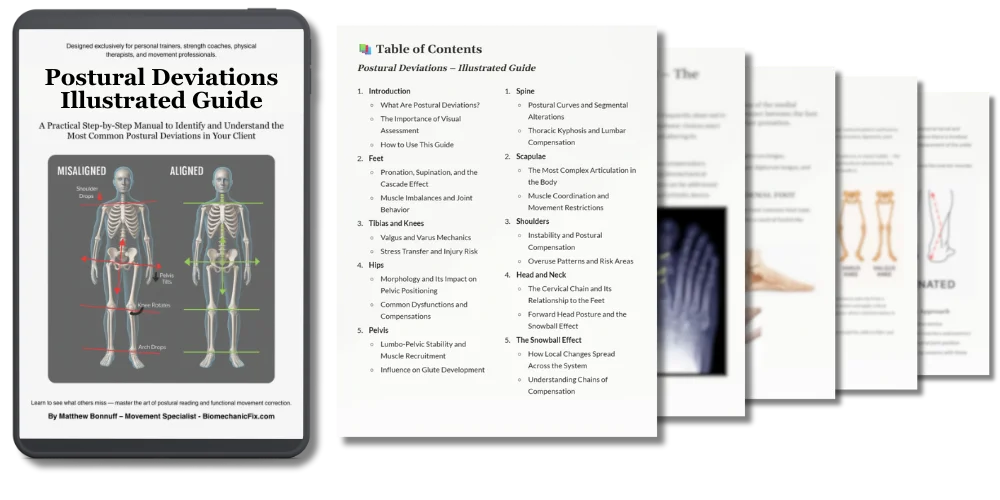
This Step-by-Step Guide is One of the Best Illustrated Resources for Trainers, Physios, and Movement Specialists Who Want to Understand Postural Deviations

Every page of this guide was designed to make postural reading clear, visual, and clinically effective. You’ll access high-quality illustrations, detailed explanations of each deviation, and practical insights on their biomechanical impact.
It’s like having a clinical roadmap in your hands from the feet to the head.
Structured Across 10 Chapters and 68 Pages Organized by Anatomical Region for Precise Postural Analysis
Explore how each chapter breaks down a key postural deviation with clinical context, illustrations, and practical applications.
Chapter 1 – The Feet
The foundation of postural alignment. Understand how conditions like flat feet, high arches, and overpronation affect the entire kinetic chain.
Chapter 2 – The Knees
Explore valgus, varus, and hyperextension patterns, and how knee alignment impacts hip, ankle, and spinal function in different movement contexts.
Chapter 3 – The Tibias
Analyze internal and external tibial rotation and how it influences dysfunctional foot and knee patterns.
Chapter 4 – The Hips
Study functional anatomy of the hip, including femoral neck-shaft angle variations, femoral anteversion/retroversion, and their biomechanical consequences.
Chapter 5 – The Pelvis
Evaluate common pelvic deviations such as anterior tilt, posterior tilt, lateral tilt, and pelvic torsion — and how these patterns disrupt lumbopelvic stability.
Chapter 6 – The Lumbar Spine
Understand lumbar hyperlordosis and flattening, their biomechanical origins, and how they impact load distribution and core alignment.
Chapter 7 – The Thoracic Spine
Address hyperkyphosis and thoracic flattening, especially in relation to seated posture, thoracic rigidity, and breathing mechanics.
Chapter 8 – The Cervical Spine
Learn how cervical deviations like hyperlordosis and forward head posture affect scapular position, upper body function, and neuromuscular control.
Chapter 9 – The Scapulae and Shoulders
Examine common deviations such as scapular winging, abduction, depression, and anterior humeral glide — and their connection to shoulder dysfunction.
Chapter 10 – The Snowball Effect
The final chapter shows how a single deviation can trigger compensatory patterns throughout the entire body, both ascending and descending.
Why This Guide Is a Must-Have for Every Movement Professional

- Assess postural deviations with clinical-level precision, even in complex cases
- Understand pain patterns and dysfunctional movement in a biomechanical context
- Learn to explain postural findings clearly to clients and patients
- Apply a repeatable method for postural analysis, no guesswork or generic protocols
- Go beyond what most certifications and degrees ever teach
- Become the professional that students, patients, and athletes trust for long-term results
- Master technical knowledge that truly sets you apart in a saturated market

Feedback from Trainers and Professionals Who Use the Guide
Name: Jason Miller
Profession: Certified Personal Trainer (CPT)
"Finally a guide that shows how to assess and correct posture with clarity and real structure. Every trainer should read this."
Name: Daniel Reyes
Profession: Physical Therapist & Movement Specialist
“This guide made posture finally click for my patients. I use it daily in the clinic... clear, visual, and effective. It helps simplify what many professionals overcomplicate.”
🔥 Get Instant Access With Limited Launch Offer
Postural Deviations
Illustrated Guide
A practical, illustrated manual to identify and correct postural deviations from feet to head, with clinical precision.

Regular price: $100,00
Today Only $27,00
(One-Time Payment)
Special Launch Discount – Limited Time
Limited launch offer – valid for the next 48 hours only! Only during this launch window... after that, full price applies


7-Day Money-Back Guarantee
7-Day Money-Back Guarantee
We stand behind the quality of this guide.
That’s why we offer a 7-day money-back guarantee. You’ll have a full week to go through the material, apply the strategies, and decide if it’s right for your practice.
If you feel it’s not what you expected, just send us an email and we’ll refund your full investment.
No hassle, no questions asked.
It’s our way of making sure your decision is 100% risk-free.
FREQUENTLY ASKED QUESTIONS
1. How long does it take to receive the eBook?
As soon as your payment is confirmed, you’ll receive instant access via email. The guide is available for immediate PDF download.
2. Is this material a medical prescription?
No. This is a 100% educational resource, designed to teach biomechanics and postural assessment strategies.
It does not replace medical or clinical diagnosis or treatment. This material is for professionals and students in movement-related fields who want to develop better technical reasoning and intervention skills.
3. How long do I have access to the material?
Access is lifetime. Once purchased, the guide is yours forever — no expiration or subscription required.
4. Who is this guide for?
It’s ideal for personal trainers, physical therapists, movement coaches, strength professionals, and rehab specialists who want to improve their ability to assess and correct postural deviations using applied biomechanics.
5. Is the eBook compatible with my device?
Yes. The PDF format is fully compatible with computers, tablets, and smartphones — allowing for smooth reading on any device.
6. What if I don’t like the material?
You’re covered by a 7-day satisfaction guarantee. If the material doesn’t meet your expectations, just request a refund within 7 days — no hassle, full refund.
7. Does it work for students?
Absolutely. The guide is perfect for students in Physical Therapy, Exercise Science, Chiropractic, or any movement-related field. It covers topics that many universities don’t explain in depth, helping you gain clarity and confidence early in your career.
- Top-Tier Educational Content
- Top-Tier Educational Content
- Top-Tier Educational Content
- Top-Tier Educational Content
- Top-Tier Educational Content
- Top-Tier Educational Content
- Top-Tier Educational Content
- Top-Tier Educational Content
About Biomechanic Fix
BiomechanicFix was created to bridge the gap between clinical biomechanics and real-world training.
Our mission is to help movement professionals — trainers, therapists, coaches, and students — better understand and correct postural deviations using tools that are visual, practical, and grounded in science.
With years of experience analyzing dysfunctional movement patterns, we developed an approach that simplifies assessment and correction, without relying on one-size-fits-all solutions.
Every resource we publish is built to support professionals who want clarity, confidence, and precision in their practice — starting with our Postural Deviations Illustrated Guide.
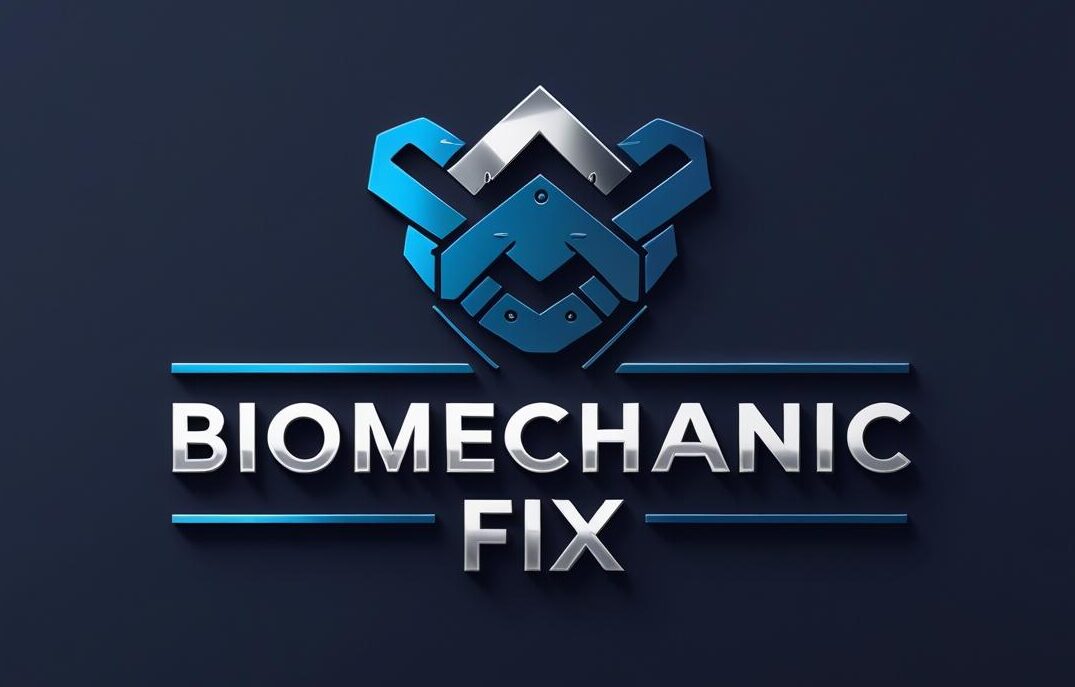
About Biomechanic Fix

Biomechanic Fix was created to bridge the gap between clinical biomechanics and real-world training.
Our mission is to help movement professionals — trainers, therapists, coaches, and students — better understand and correct postural deviations using tools that are visual, practical, and grounded in science.
With years of experience analyzing dysfunctional movement patterns, we developed an approach that simplifies assessment and correction, without relying on one-size-fits-all solutions.
Every resource we publish is built to support professionals who want clarity, confidence, and precision in their practice — starting with our Postural Deviations Illustrated Guide.
© 2024 Biomechanic Fix. All rights reserved.
Biomechanic Fix LLC – Miami, FL • support@biomechanicfix.comThis product is for educational purposes only and is not intended to diagnose, treat, or prevent any medical condition.